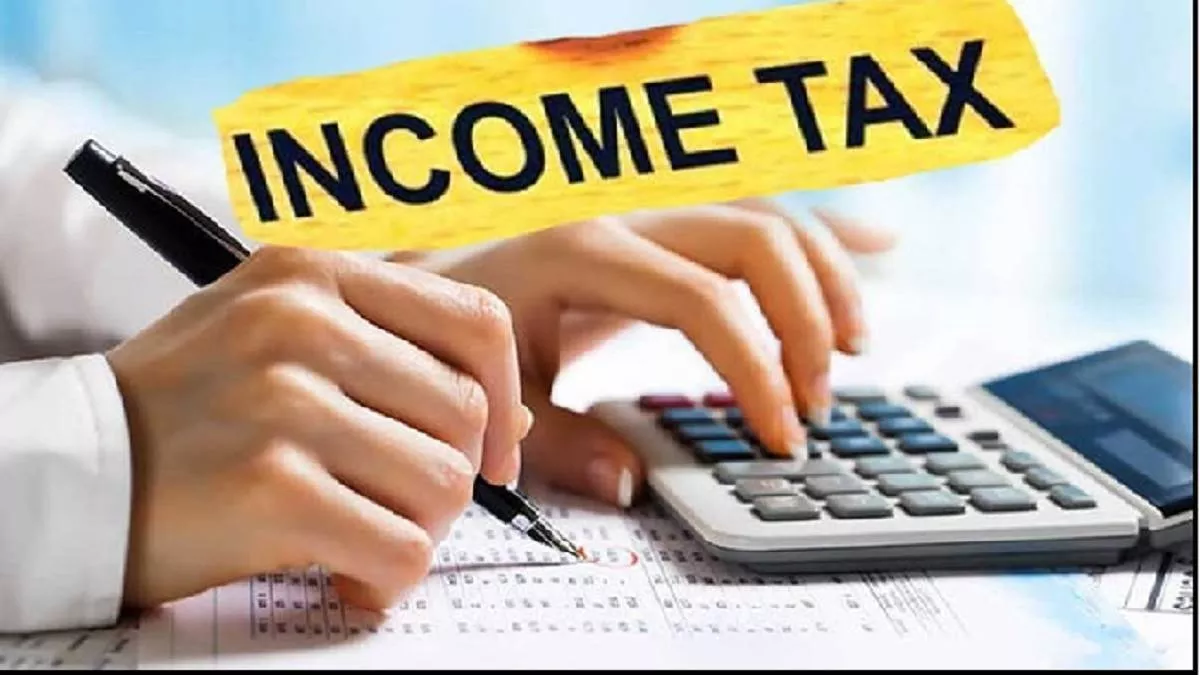
By H Khattar & Associates | Chartered Accountants
New Income Tax Rules
Income Tax Changes From 1st April 2025: Top 10 New Income Tax Rules
The Budget 2025 introduced some major changes to the Income Tax Act 1961 to simplify the tax structure in India. These changes will come into effect on 1st April 2025 and will be relevant from FY 2025-26 onwards.
This article will cover all major changes that one must be familiar with to plan one’s finances for FY 2025-26 accordingly.
Income Tax Slabs for FY 2025-26 (AY 2026-27)
The Budget 2025 proposed new tax slab rates under section 115BAC i.e., the New Tax Regime or the Default Tax Regime. This was to ensure that individuals save more and increase their spending capacity. These revised tax slab rates will be applicable for income earned in FY 2025-26 onwards.
The new slab rates for FY 2025-26 are as follows:
Income Tax Slabs | Income Tax Rates |
Up to Rs.4 lakh | Nil |
Rs. 4 lakh – Rs.8 lakh | 5% |
Rs.8 lakh – Rs.12 lakh | 10% |
Rs.12 lakh – Rs.16 lakh | 15% |
Rs.16 lakh – Rs.20 lakh | 20% |
Rs.20 lakh – Rs.24 lakh | 25% |
Above Rs.24 lakh | 30% |
Note: Income Tax slab rates under the Old Tax Regime (Optional Regime) remain the same.
Increased Rebate Under Section 87A
The rebate u/s 87A for taxpayers filing tax returns under the New Tax Regime was increased to Rs. 60,000 from the previous limit of Rs. 25,000. Now the taxpayer can enjoy a tax-free income of up to Rs. 12 Lakhs.
This means taxpayers earning income up to Rs. 12 Lakhs will have no tax liability under the new tax regime.
The rebate for taxpayers opting for the Old Tax Regime remains the same i.e., Rs. 12,500.
Updated Tax Return: Extension of Time Limit
The deadline for filing an Updated Tax Return was extended from 12 months to 48 months (4 years) from the end of the relevant assessment year. This extension was to encourage the taxpayers to disclose any previously undisclosed incomes and pay relevant taxes on the same.
The additional tax liability based on the timeline of filing an updated return is as follows:
If ITR-U filed within | Additional Tax |
12 months from the end of the relevant AY | 25% of additional tax (tax + interest) |
24 months from the end of the relevant AY | 50% of additional tax (tax + interest) |
36 months from the end of the relevant AY | 60% of additional tax (tax + interest) |
48 months from the end of the relevant AY | 70% of additional tax (tax + interest) |
Tax Exemption For Start-ups
Under Section 80-IAC, start-ups incorporated before 01.04.2030 will be allowed a 100% deduction of profits and gains for three consecutive years out of ten years from the year of incorporation subject to certain conditions.
Deduction On Remuneration Paid To Partners
The limit of deduction available to partnership firms and LLPs for remuneration paid to partners is also enhanced. The calculation limits were revised to make way for higher deductions during tax computation.
The following limits will be applicable to determine the maximum deduction available for partners remuneration paid:
Book Profit | Limit |
On the first Rs.6,00,000 of book profit or | Rs.3,00,000 or 90% of the book profit, |
loss | whichever is higher |
On the remaining balance of book-profit | 60% of the book-profit |
Treatment Of ULIPs as Capital Gains
The proceeds from ULPIs whose premium exceeds 10% of the sum assured or Rs. 2.5 Lakhs annually will be treated as capital gains and will be taxed accordingly (20% for STCG and 12.5% for LTCG). The exemption under section 10(10D) for ULIP proceeds will still be applicable where the annual premium is below Rs. 2.5 lakhs or 10% of the sum assured.
Relaxation Of Deemed Let-Out Property Provision
Previously, the annual value of up to two self-occupied properties was deemed to be NIL, if the owner is unable to occupy the property due to employment, business, or professional commitments at a different location. It is now proposed that the annual value of up to two house properties shall be NIL if the owner occupies the house for his own residence or cannot occupy it for any reason.
The Finance Bill 2025, relaxed the condition to determine deemed let-out property by allowing individuals to claim up to two house properties as self-occupied and declare NIL income on such properties without any conditions.
Conclusion
The above changes are crucial for FY 2025-26, and one must consider such changes in order to plan finances and taxes properly for the year.

